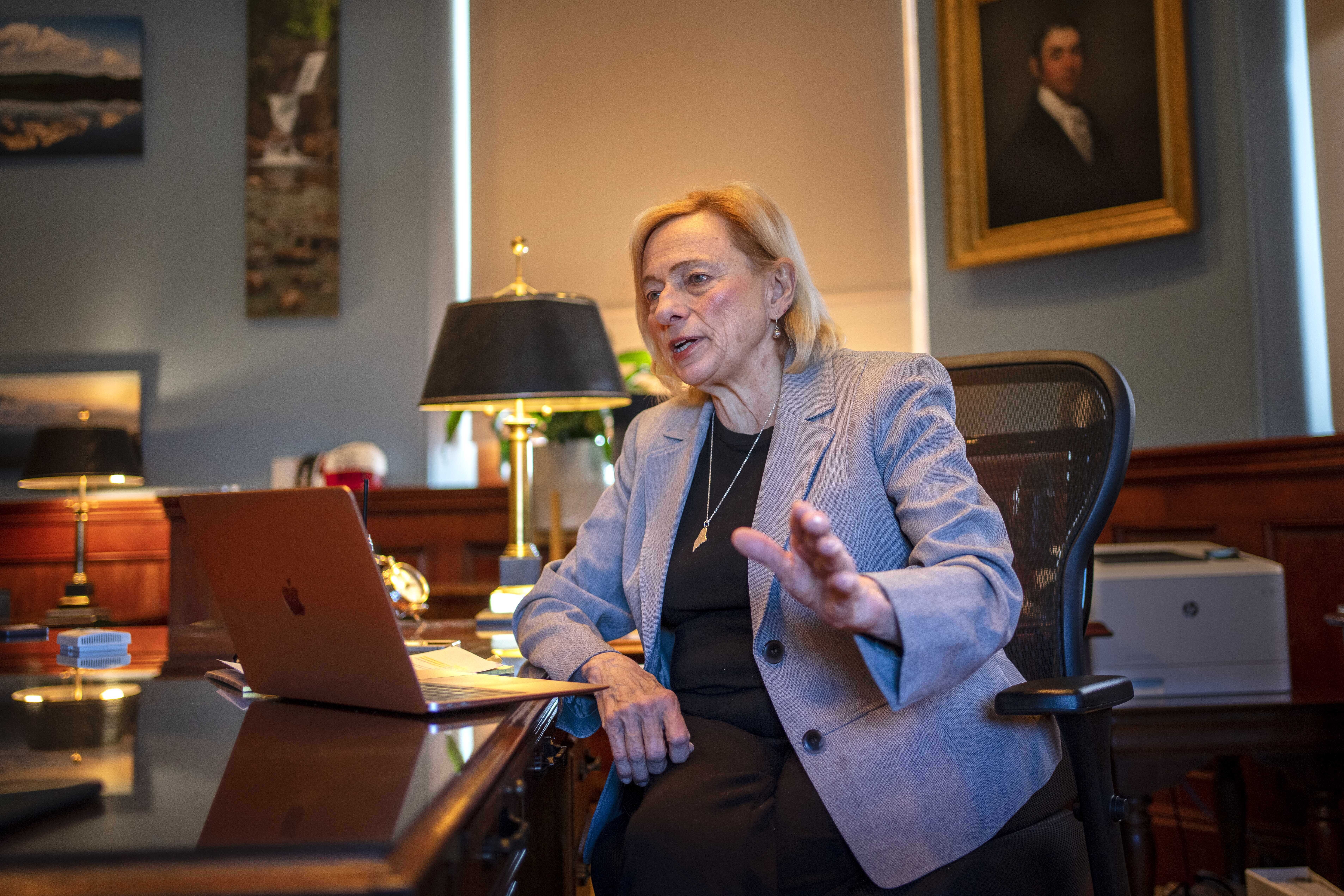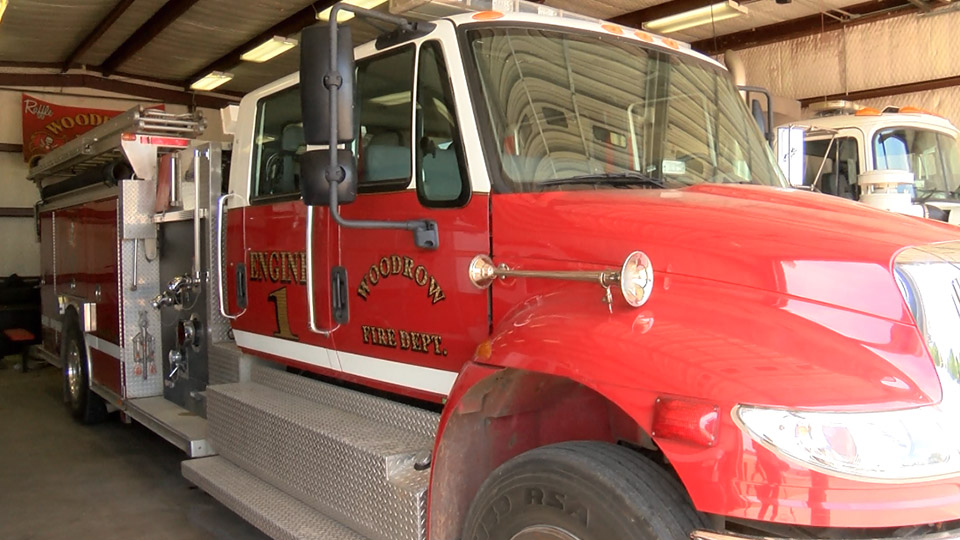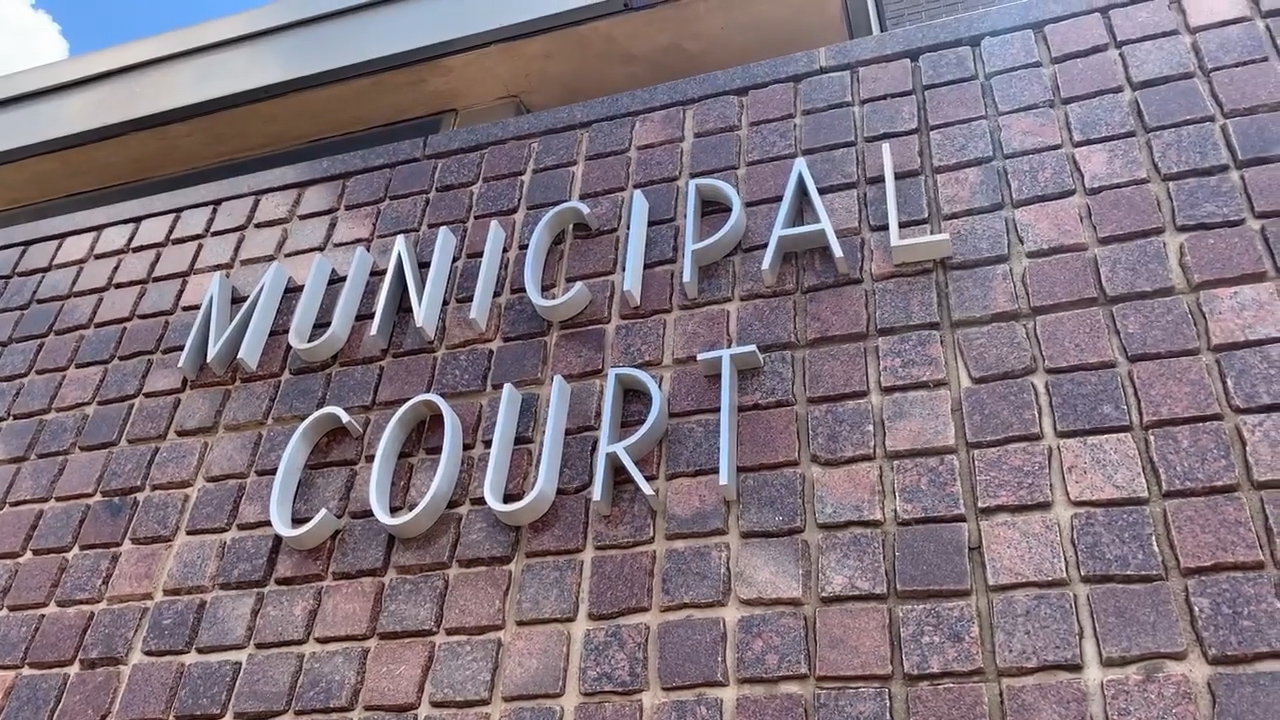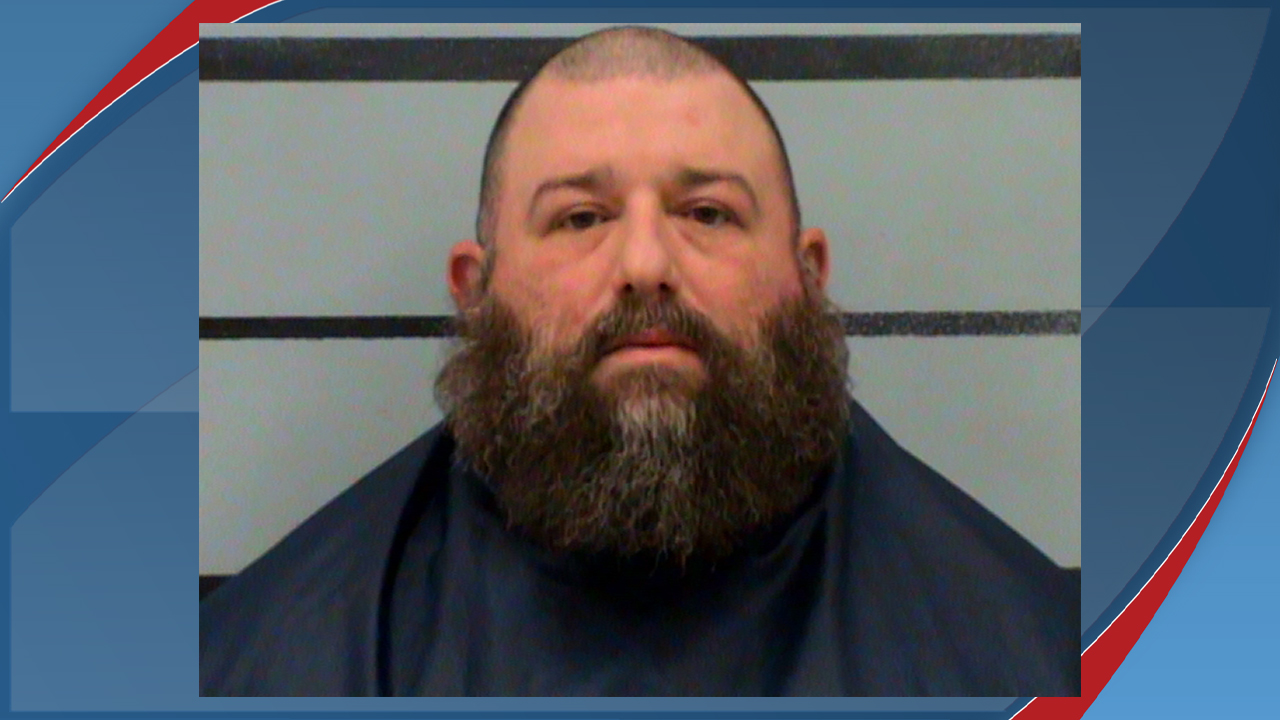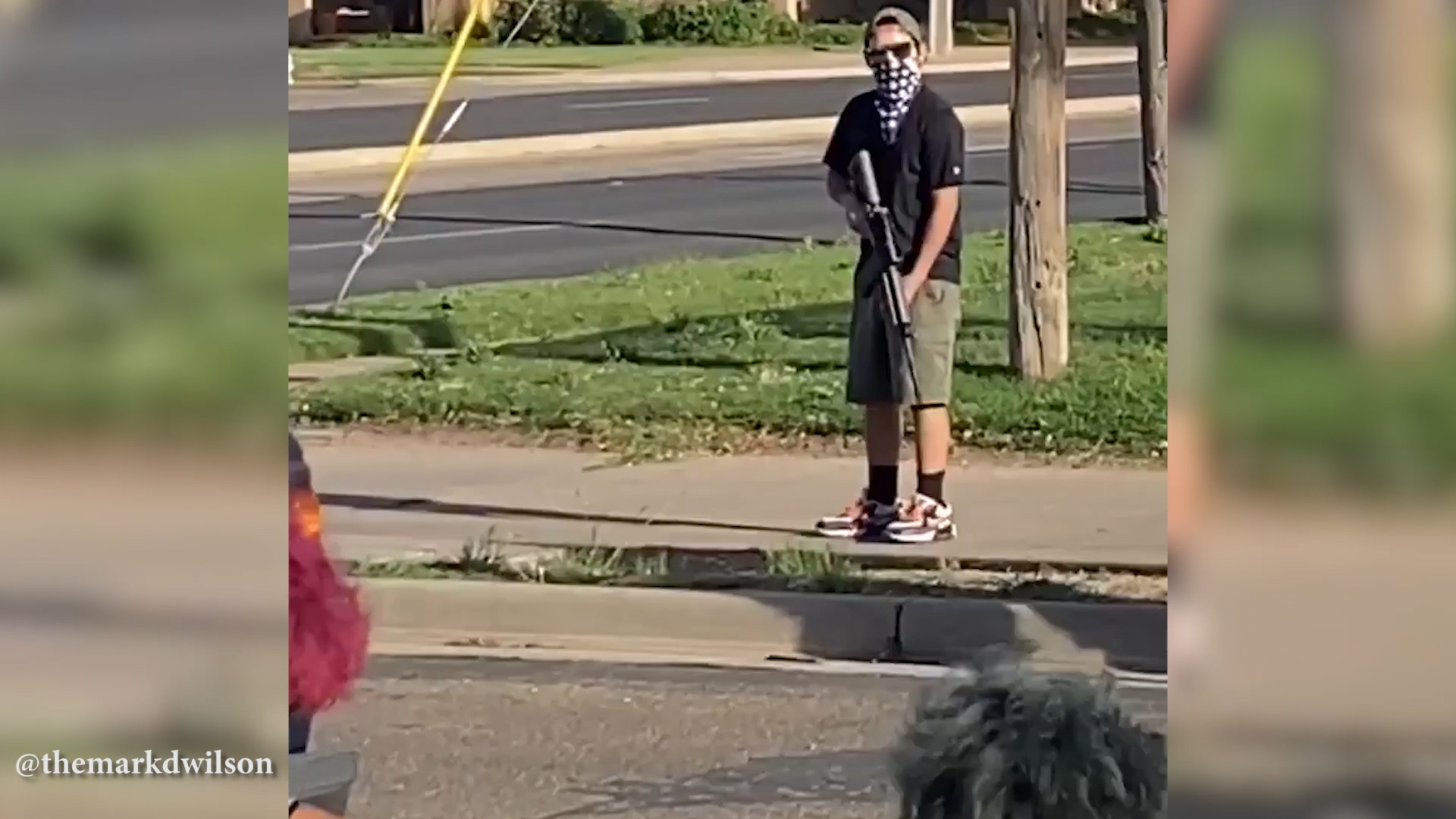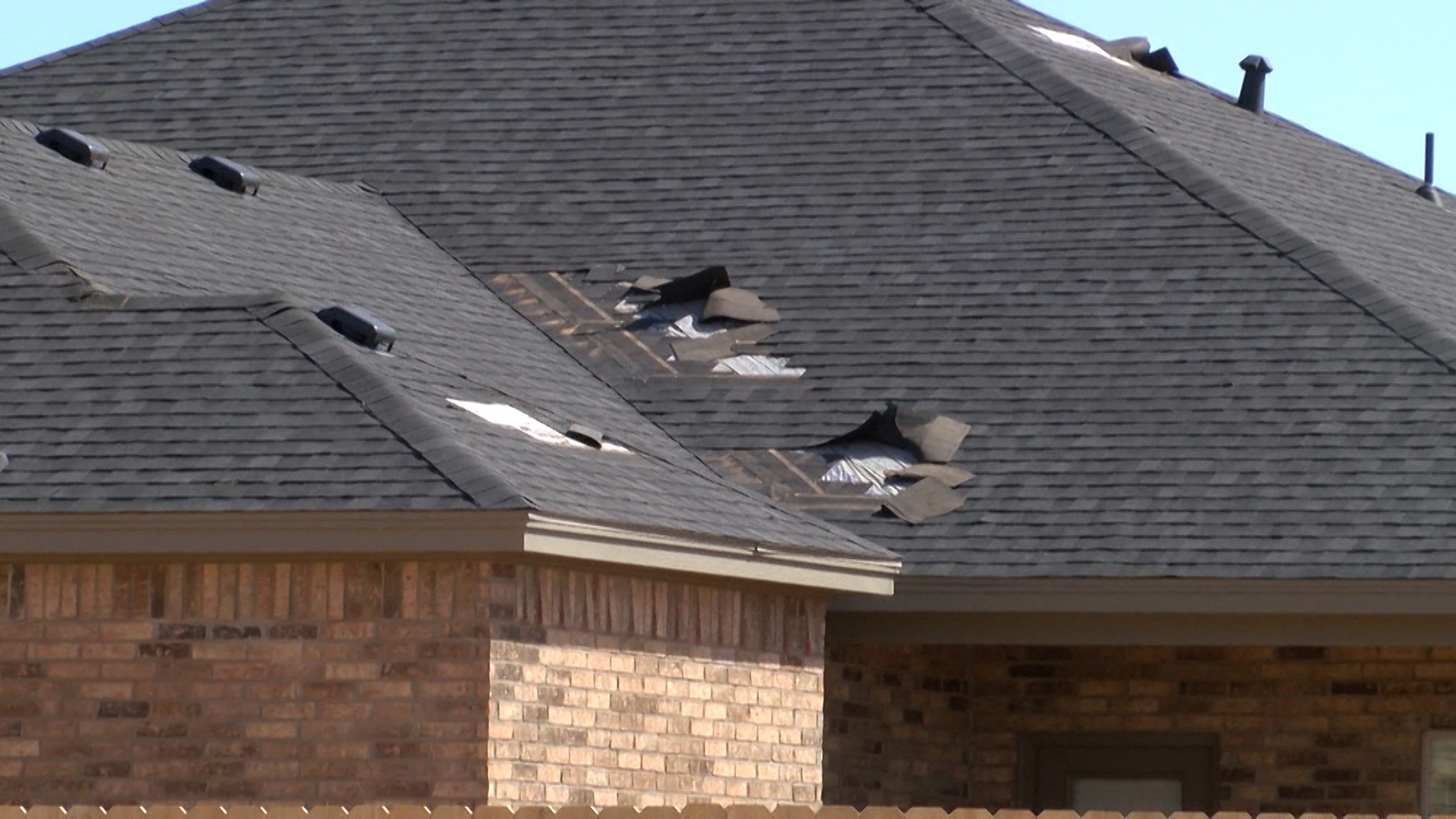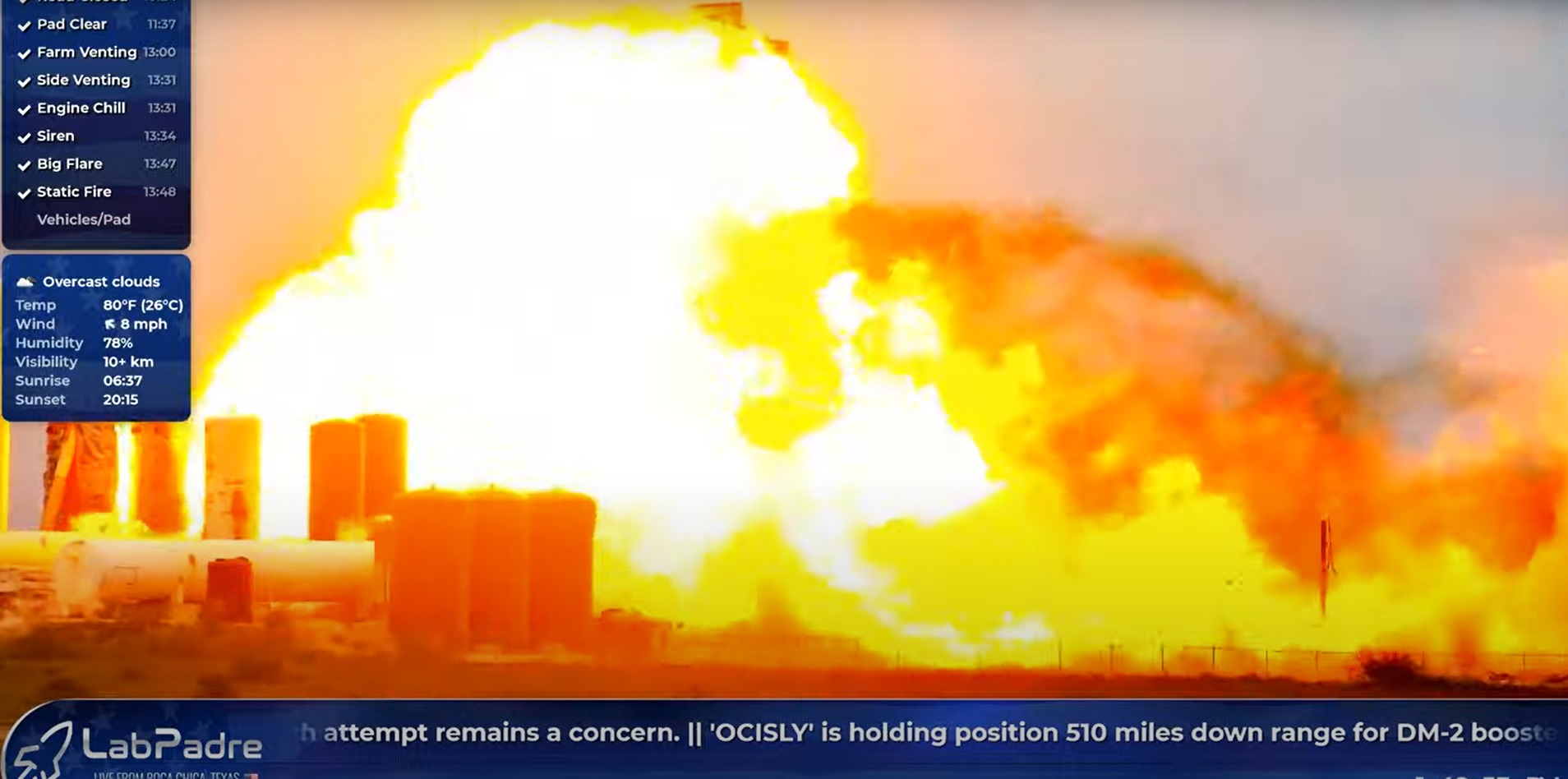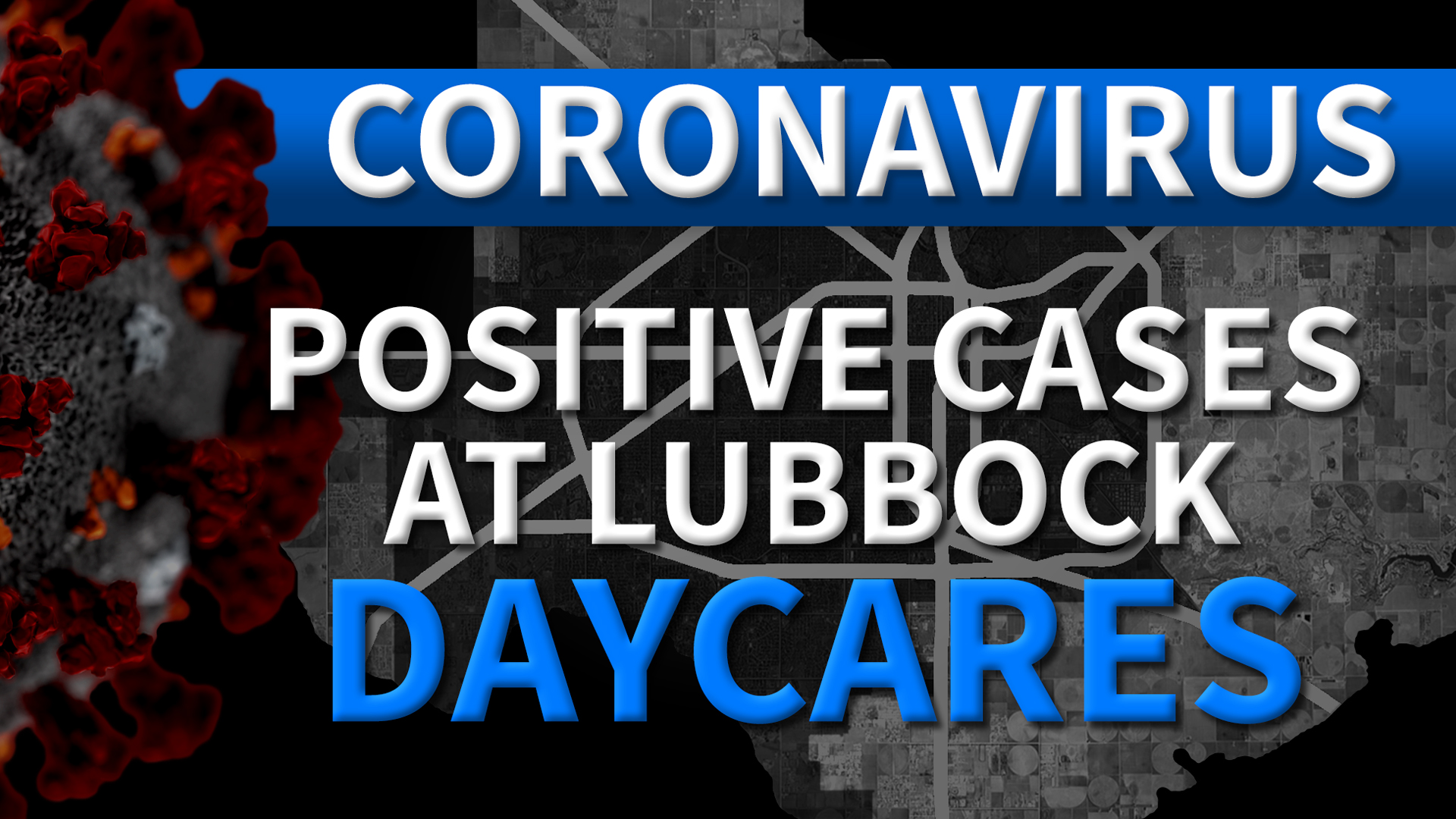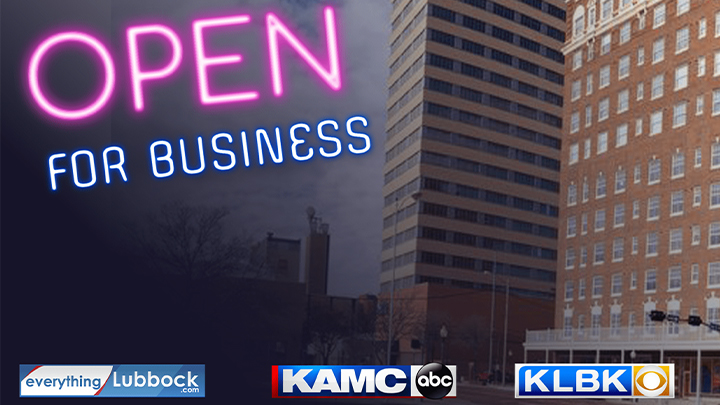AUSTIN — Both Gov. Greg Abbott and the Texas Senate committee tasked with studying school safety have recommended looking into the work that fusion centers do in the state regarding school safety. Fusion centers serve as the primary point of collaboration between federal, state and local partners. The personnel involved gather and share information related to threats.
The Senate Select Committee on Violence in Schools and School Security are suggesting lawmakers explore the appropriate level of funding for fusion centers and the role they play in school security. Gov.
Abbott wants the legislature to study the possibility of increasing the number of fusion centers in Texas to better monitor social media for threats. Currently, there are seven across the state.
The Austin Regional Intelligence Center (ARIC) partners with different law enforcement agencies across a 10-county region in Central Texas.
“We’re growing every year,” Director Matthew Greer said. “We have 21 agencies that are partners currently.”
Greer, who is a lieutenant with the Austin Police Department, said after the school shooting in Parkland, Florida, the center and its partners wanted to do more to prevent school threats locally.
“After that, as a fusion center, we started asking ourselves what we could do to become more involved,” he said. “What we are doing is providing resources, including training and technology to all of our partner agencies, as well as school administrators within the area.”
Currently, there are four sworn officers, four civilian analysts, two detectives and one threat liaison officer in charge of program coordination.
Investigators throughout the region also receive this training. One of the areas they study is how to use social media in investigations and how to eventually even prosecute cases that are a result of threats on social media.
Tracking social media can be difficult, Greer said, because of how it’s constantly evolving.
“There are so many different social media platforms out there,” he said. “Sometimes new ones pop up that we don’t know anything about and we have to provide more training.”
ARIC’s website also has an option where people can report leads and tips anonymously.
“We realize often that when there’s a threat made or a student who is exhibiting threatening behavior, sometimes that student moves from one district to another, so it’s important for us to share information with that other district so they know potentially what they may be dealing with,” Greer said. “Sometimes we see threats over social media, sometimes it’s a writing at the school or something that a student shared with a close friend or teacher.”
In the last fiscal year, the center received between $800,000 to $1 million from Department of Homeland Security grants and funding from partner agencies.
“We can always use more funding, especially when it comes to providing resources like training and new technology,” Greer said.
State Rep. Four Price, R-Amarillo, recognizes crafting a stronger school safety plan for the state will be expensive.
“There’s no question a lot of the strategies that have been discussed, a lot of what you saw on the governor’s report and a lot of what’s been discussed in hearings at a legislative level require the appropriation of more dollars,” he said.
“This is an area where I don’t see partnership or bickering other than there will be debate on what program or what effort will take priority,” he said.
Sheri Doss, president of the Texas PTA, hopes the legislature will consider putting together a comprehensive strategy that covers all aspects of school security, from infrastructure, mental health and other partnerships.
“The more of us that collaborate together towards the safety of our children, the [safer] our kids will be,” Doss said.
Greer says if lawmakers do take action on funding levels for fusion centers, any decision will have to be consistent.
“Because often we’re contracting with technology vendors for multiple years, so we may be looking at a piece of technology we need for two, three, four or five years and that requires consistency,” he said. “We have to stay on top of technology and training and in order for us to do that, we really need the resources to do so.”




